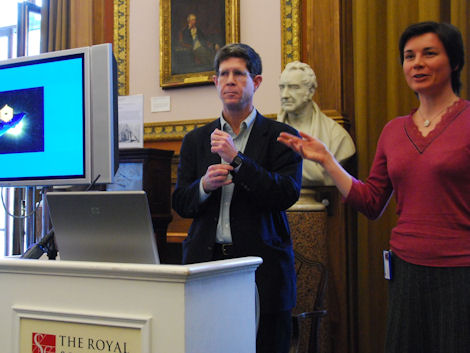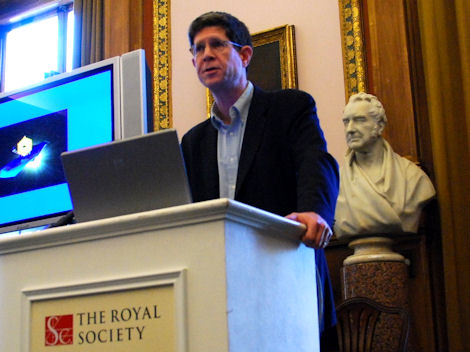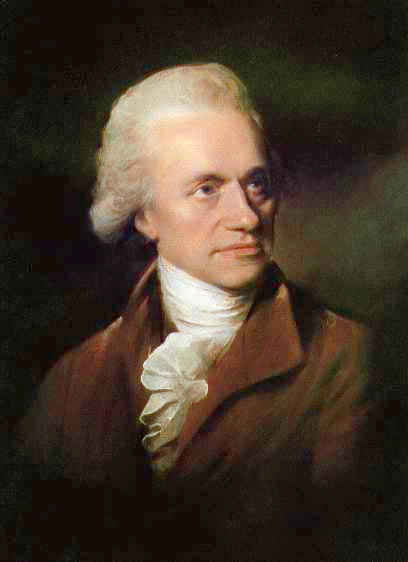The sun is shining, the outside doors are open, and from the window of the Royal Society library I can see the tops of trees along the Mall.

Today, at this first in a season of lunchtime talks at the RS, I’m learning from Michael Lemonick some things I never knew about William and Caroline Herschel.
You can hear the audio and video (slides) yourself on the RS podcast page. Lemonick’s book ‘The Georgian Star’ is published by W.W.Norton.Co. In the meantime, this short commentary.

Sir William Herschel is best known as the discoverer of Uranus, a planet that did indeed in the days of William’s sponsor George III go by the popular name of George or ‘Georgium Sidus’ to be precise. But discovering light blue planets that spin at a funny angle is only part of William’s and his sister Caroline’s story.
Having moved to London from Germany, William Herschel the music teacher was enthralled by the stars he saw overhead whilst travelling between clients. Disappointed with the telescopes of the day, he started to build a whole series of his own that would culminate in a 4ft mirrored, 40 ft long giant sponsored by the King himself.

Joined by his sister in Bath, both Herschel’s were professional astronomers in the pay of the King, making Caroline the first ever professional female astronomer (he on £200pa, she as ‘assistant’ on £50pa).
Between them they discovered 3000 galaxies, and Caroline alone identified 8 comets. Uranus was mistakenly declared a comet on its discovery in 1781. Impressively, the Herschel star charts were still in practical use into the 1950s and 60s.

The Herschel’s were amongst the first astronomers to take an interest in the structure and evolution of the universe, rather than following the more practical motivations of the time – like enabling better navigation at sea. William tried to measure stellar distance by the parallax method, but failed due to equipment sensitivity. He was more successful at plotting out the shape of our galaxy – the Milky Way.

William Herschel is in some ways the father of infra-red astronomy, having discovered the infra-red region of the spectrum from its warming effect on bottles of liquid; he called them ‘calorific rays’. As Lemonick pointed out, there seems some injustice in the naming of the James Webb space telescope due to launch in 2013, which will work predominantly in the IR spectral range (there is a William Herschel telescope already on the Canary Islands) .
And lastly – I never knew this. It was the common belief of the time, shared by Herschel, that all the planets were inhabited, with the sun just another planet – albeit a particularly bright golden one.
The logic extended to a belief that the luminescent surface of the sun was the visible top side of clouds and, charmingly, that sunspots were holes in the cloud through which – presumably with a powerful enough telescope – one could view ‘sun people’. Those were the days…..
One thought on “Mars, Jupiter, Saturn, George?”